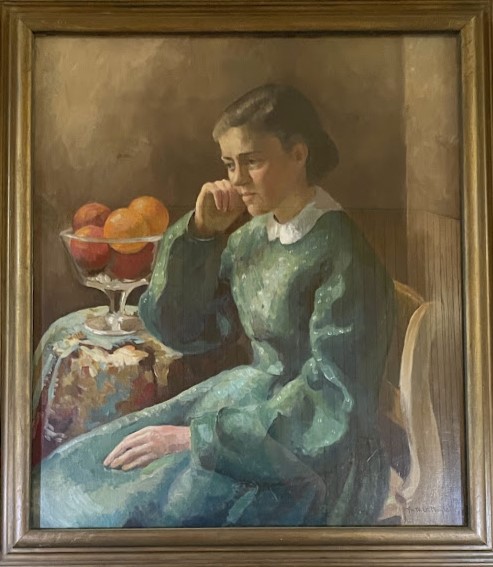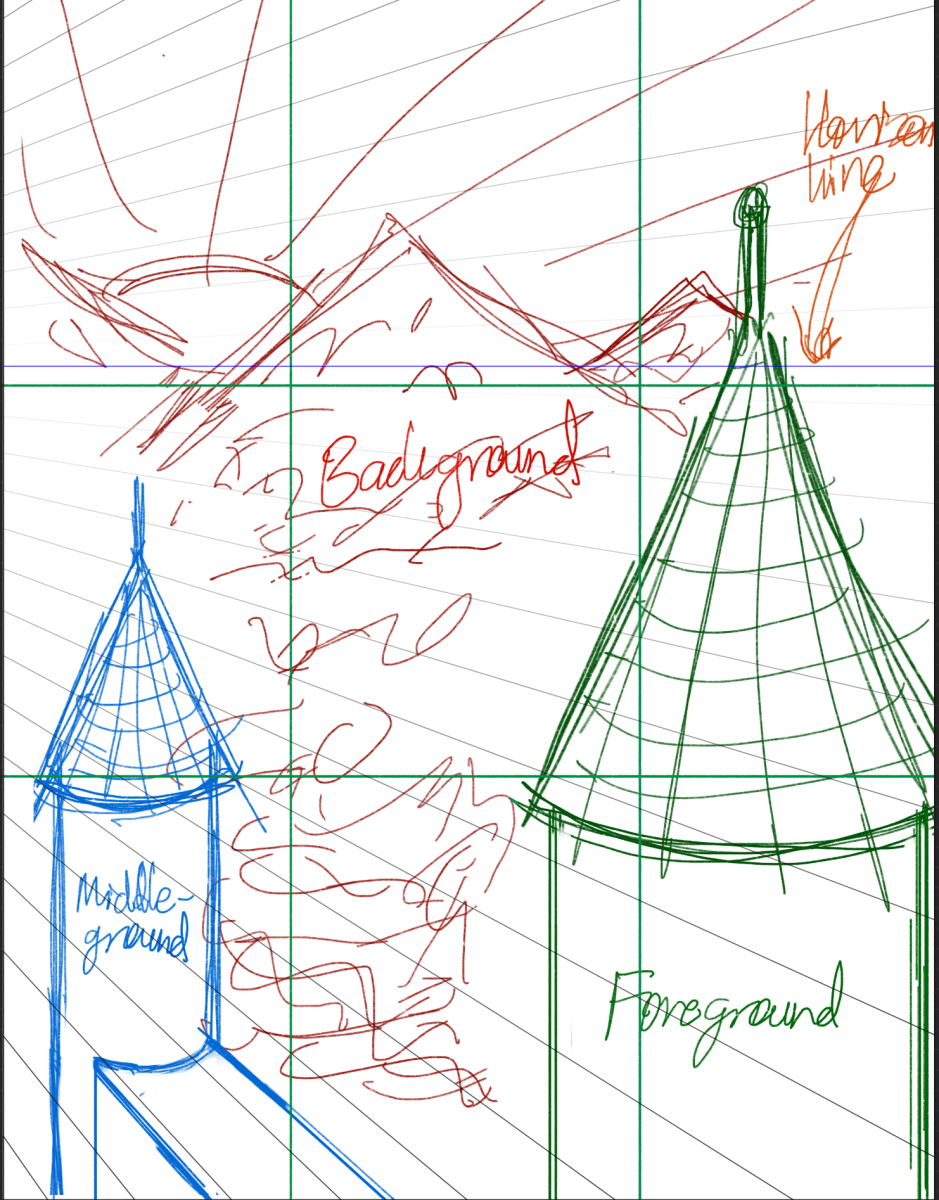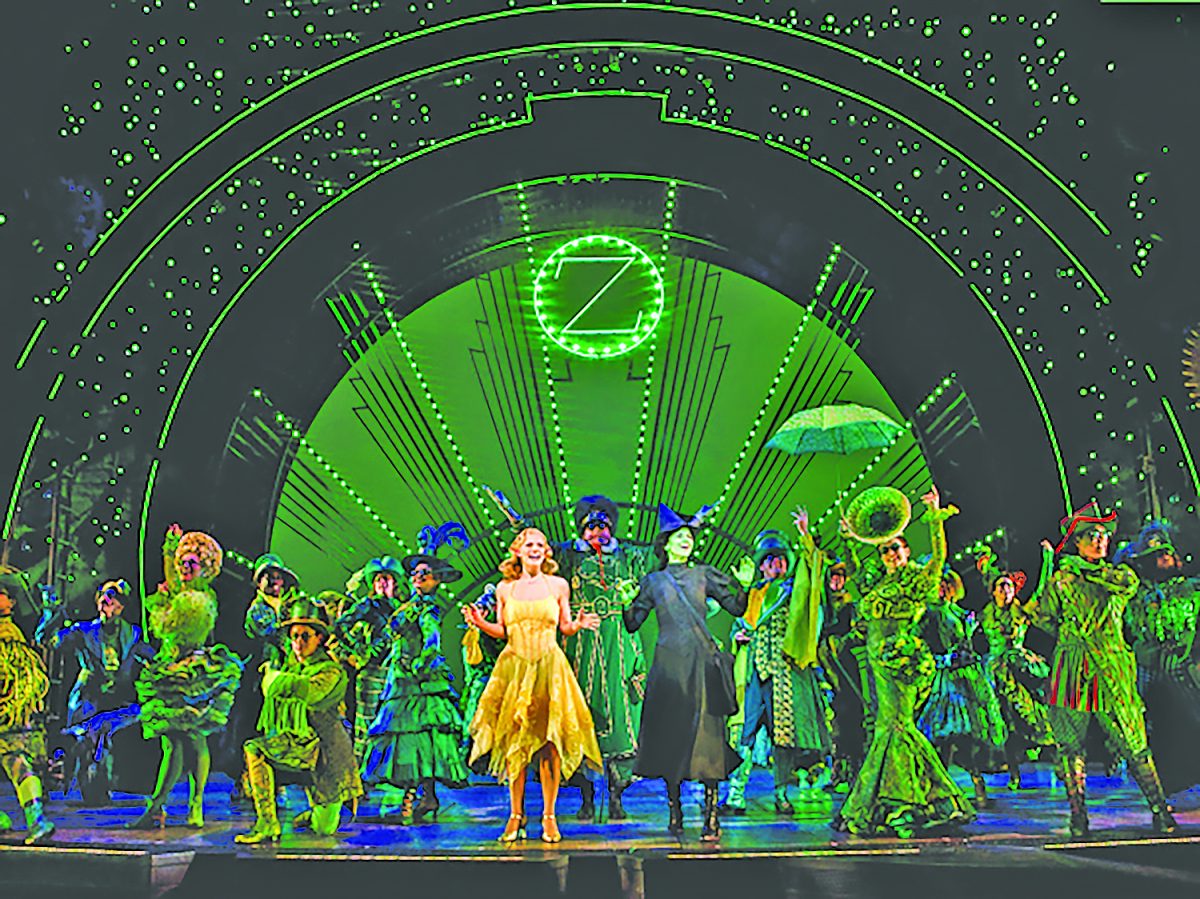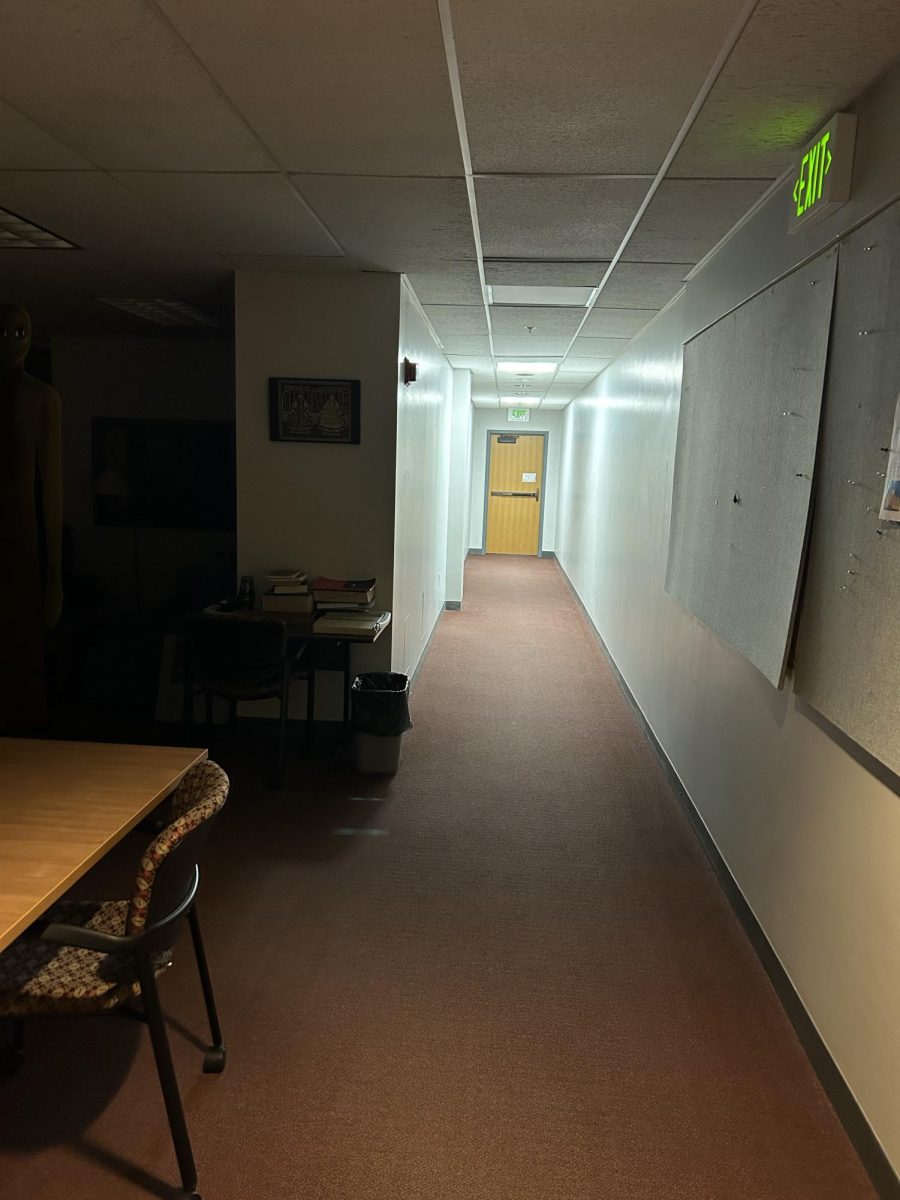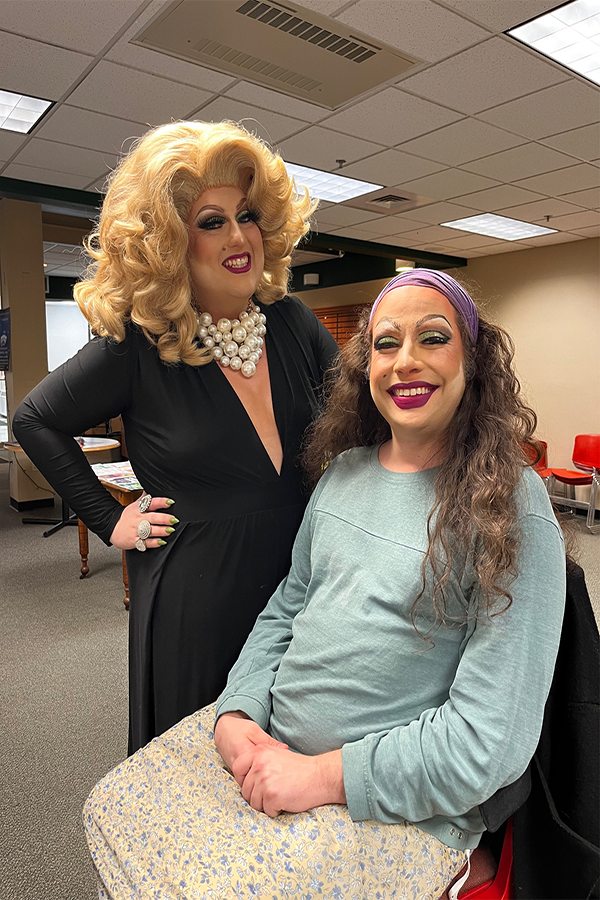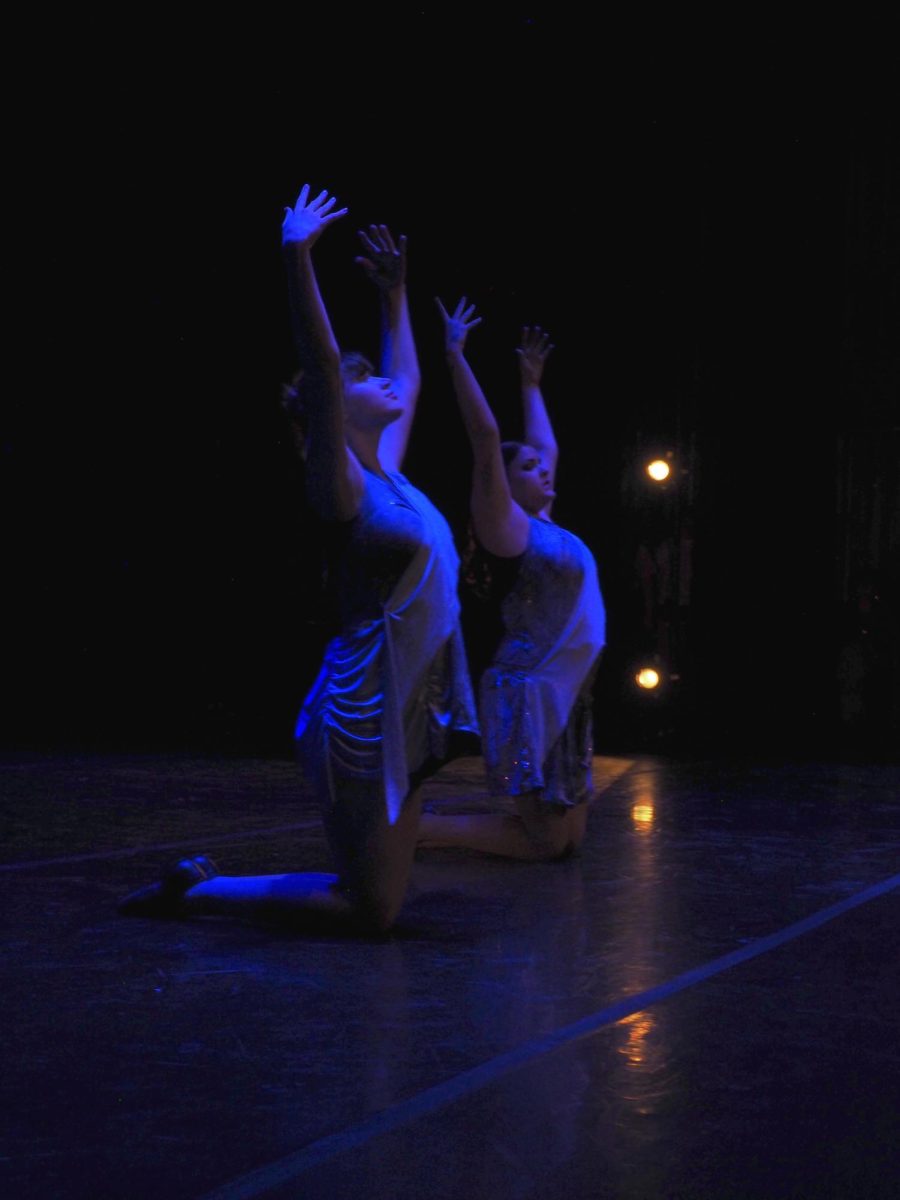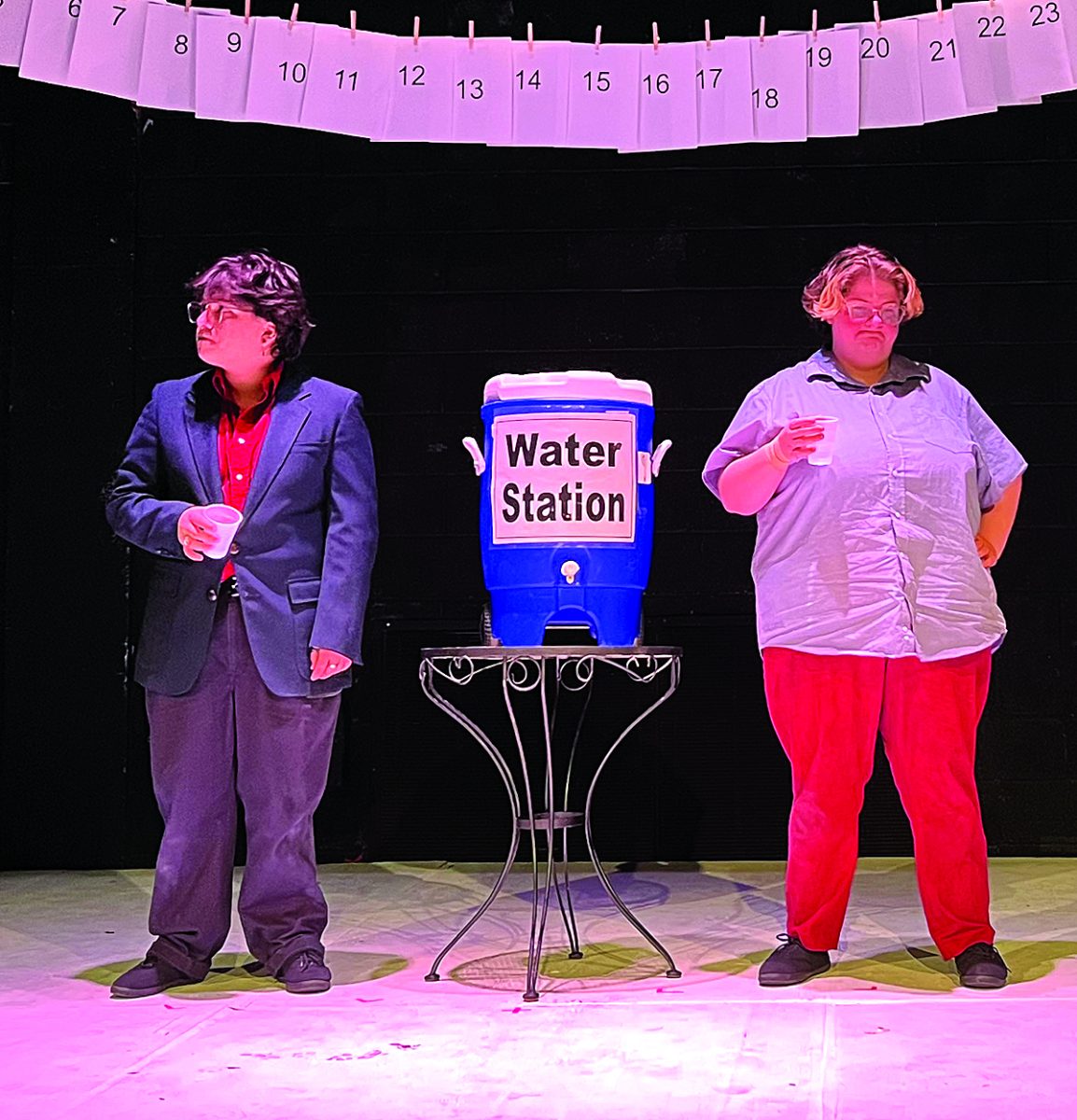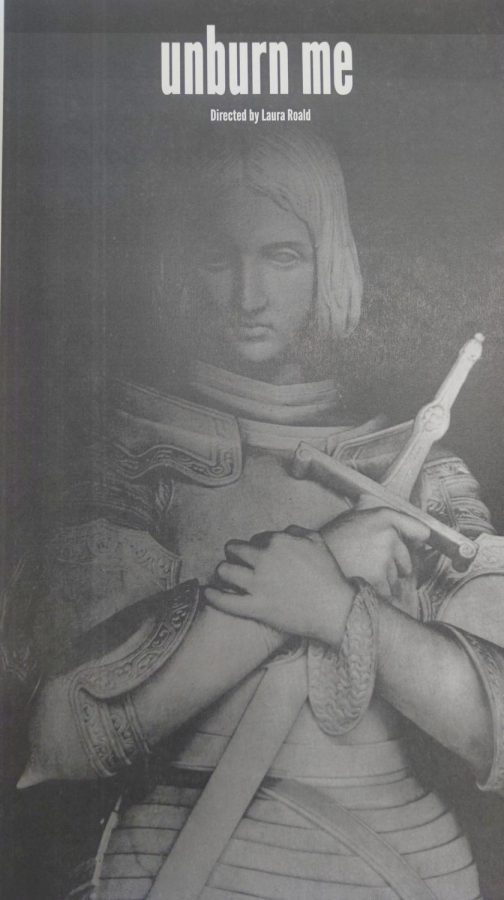Since the release of Optimization 2.0 and the subsequent departure of Isaac Eddy at the end of the last academic year, the future of the Polaris Performance Company seemed bleak. Nevermore, the company’s last musical production in April, came and passed, with the conclusion from both current and past students that it would be their final production. With many students remaining in the program, all with performance requirements to fulfil, the future of their performances left them with unanswered questions.
No one was more concerned with the future than Laura Roald, the only remaining theater professor on campus at VTSU Johnson. With a lack of funds, Roald had to keep her search close to home. To find inspiration, she looked no further than just outside her office door, at the paintings that populate Dibden’s walls.
The artist, Ruth Green Mould, was born in Morrisville in 1894. Ruth honed her skills at both the Arts Student League, in New York, and the Institute of Arts, in Minnesota. She went on to teach art at the Johnson Normal School, now known as VTSU Johnson. She is known best for her oil paintings, usually consisting of landscapes and portraits. The subject of said paintings consists of the places she saw around her and the people she knew.
Drawn to Mould’s life as a fellow artist in the area, the Polaris Performing Company decided to create a retelling of her experiences within the town of Johnson.
This show will not be the first devised piece performed by the company. They also created Unburn Me, a piece about the life of Joan of Arc, that was also directed by Roald. The process of creating this current piece is notably different than the previous devised performance, however.
“We are not looking at established characters and established stories so much as we are looking at local history and investigating,” said Roald. “A number of the paintings in the collection are actually portraits, and they were painted during the 1930s, so we had a detective squad to figure out who they are.”
To create a show, you must have central characters. Unless it is a one-man show, you must have your company. To find them, Polaris Performance Company went back to the figurative drawing board: the paintings on the walls.
The research process was stunted since some paintings are missing plaques that would have contained vital information, while others did not have plaques at all. According to Roald, “We are filling in the blanks with our imaginations, with our research, with our understanding of what the Great Depression meant in Lamoille County and in Johnson, and what do arts mean in a small community?”
To research, Roald and Polaris Performance Company turned to Willey Library, and to databases containing newspapers from the time. There, they were able to learn not just the overarching important matters, but details of the everyday lives of the residents in the area.
Much the same as the research done on Mould and the Lamoille County area, the writing of the piece will also be predominantly done by Polaris. Beginning with prompts given by Roald, the company did a series of improvised scenes reflecting what they had learned and who they had learned about. With a mixture of notes Roald had taken from Polaris’ scenes and the cast’s deliberations on what they wanted in the show, Roald created a rough outline of the plot. From there, the Polaris Performance Company has been working to create what will be shaped into a fully-fledged show for the Dibden stage.
The show itself is centered around a small community living in Johnson in the 1930s, dealing with loss, love, joy, and the repercussions of the Great Depression. The story takes place over the course of a year, highlighting each season. It follows characters from all walks of life, from an older gentleman who runs a sugar shack, to a teenage girl who only recently moved to Vermont with her family from Quebec. It is a show for the community, by the community.
The show will be going up during the second weekend in November. People can keep an eye out for future updates on campus.


